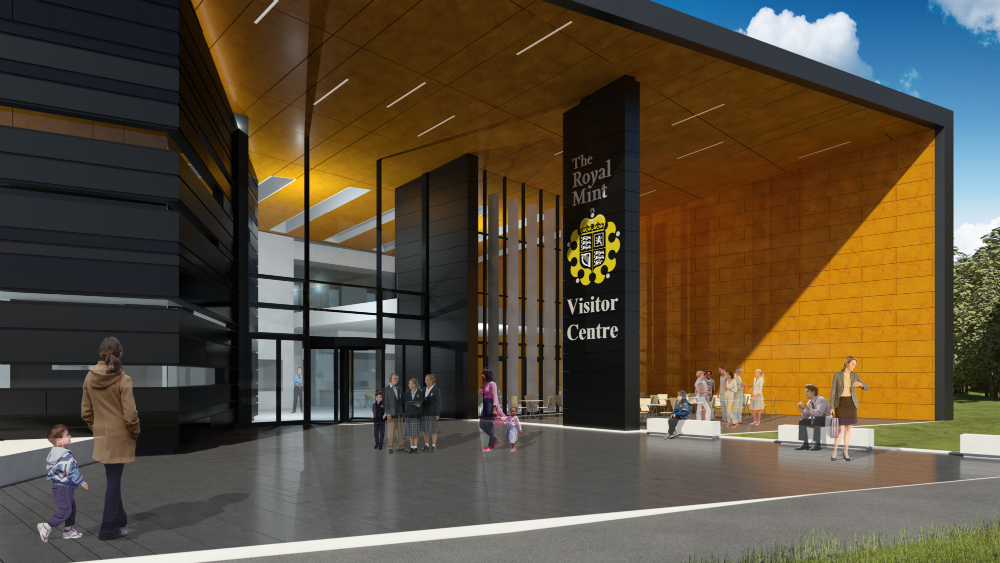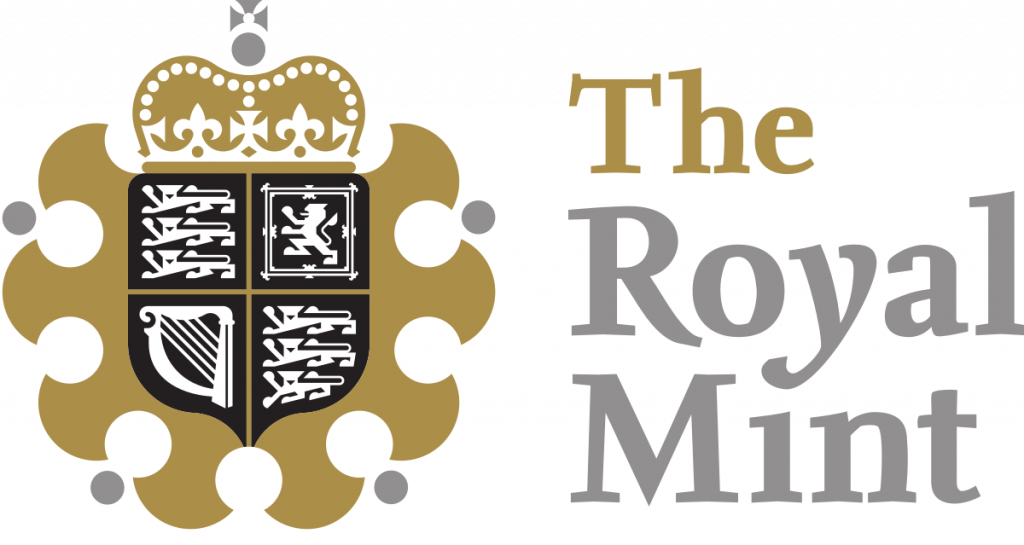
London Branch Mint History
The Royal Mint without a shadow of doubt remains one of the most respected and prestigious mints in operation today. In terms of importance to the British economy, the Mint ranks as highly as any commercial institution. It has produced the Gold Sovereign since it’s conception.
Operating under the name of Royal Mint Ltd, the Mint remains wholly owned by Her Majesty’s Treasury, with exclusive rights to produce the sovereigns of Great Britain. Despite this, seventy per cent of the Mint’s income remains from the foreign market, showing the Mints prestige both domestically and abroad. As well as coins, the Mint also produces fine commemorative coins, bullion and medals.
Origins
Prior to the founding of the Mint, the British Isles had no true substantial coinage infrastructure. Production would jostle between various Celtic Tribes in the Second Century BC. However, after the Roman conquest of the isles between 43 – 84AD, Britain joined the European universal currency brought by the Latin invaders. Unfortunately, after the collapse of Roman rule over Britannia, all formal production ceased as more primitive forms of commercial exchange filled the void.
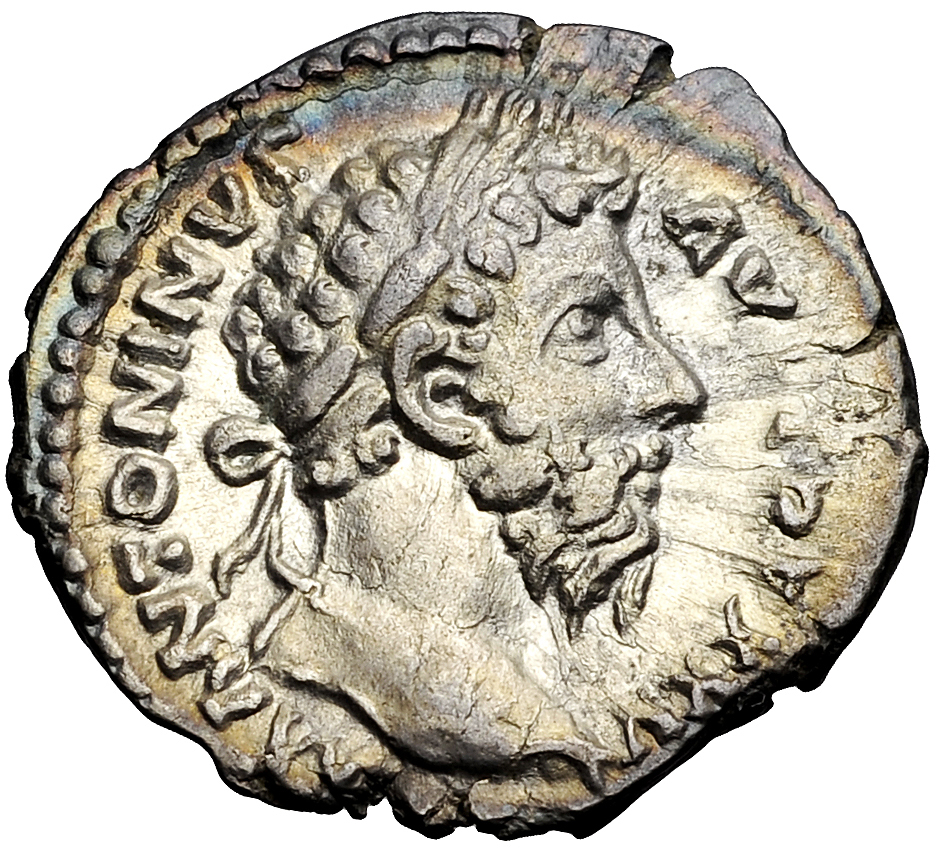
The Royal Mint can truly be classed as an ancient institution, as the likes of Parliament and Oxford University. The establishment was said to be founded around 1140 years ago at the Tower of London, in 886AD, long predating the formation of the United Kingdom. In fact, It is believed that Alfred the Great (886 – 899) founded the organization that would become the Mint after his conquest of the Danelaw.
The first silver coins this Mint would produce would bear the portrait of Alfred, supplanting his influence across the newly formed Anglo-Saxon Kingdom.
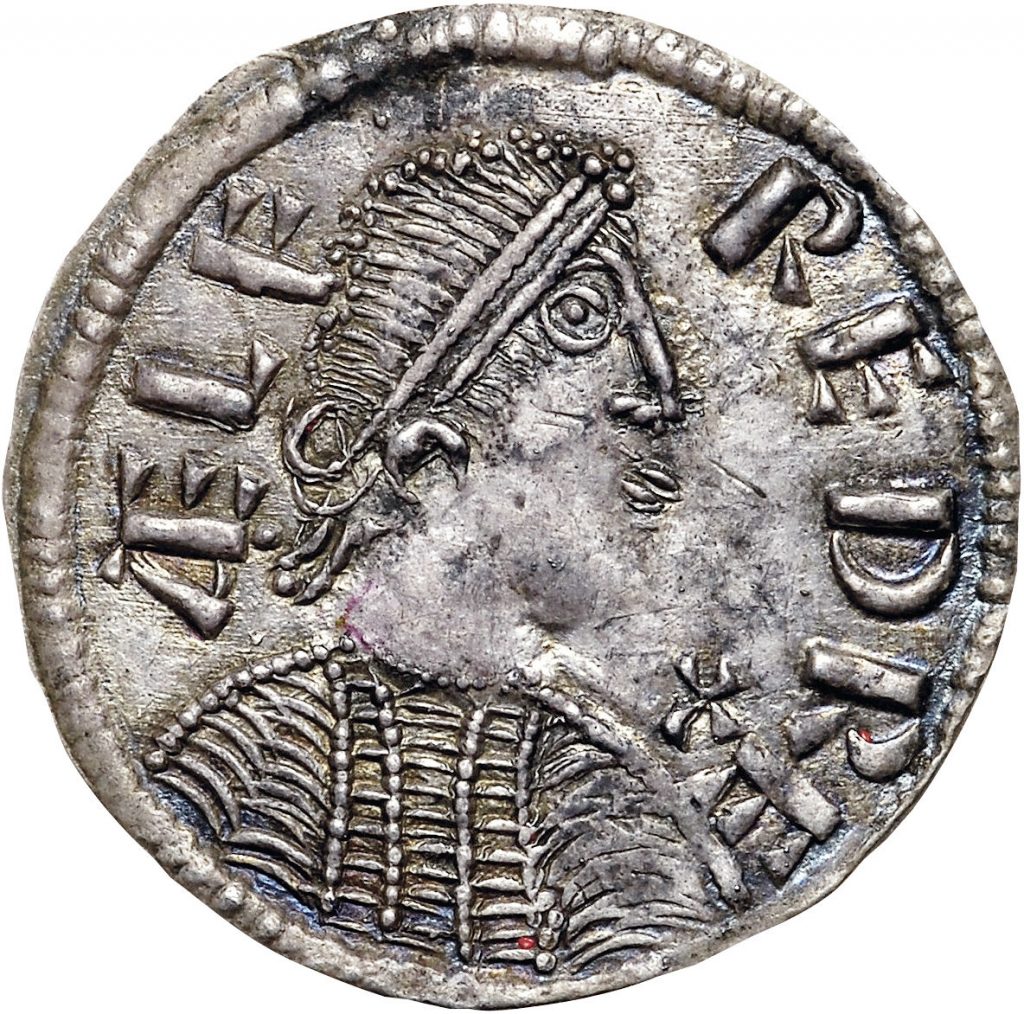
Early History (1279 – 1500s)
The true history of the Mint begins in 1279AD when the English minting system was centralised under the Royal Mint’s control from the Tower of London. Most historians point to this date as the formal beginnings of the Royal Mint as an establishment.
The Institutions work culture and hierarchy had become identifiably established around 1464 to 1472AD. Each worker at the mint specialised in a certain area of production, such as engraving, logistical operations and officers. The Mint would go on to survive a number of scenarios and disasters, such as the debasing under Henry VIII and the English Civil War (1642 – 1651)
Late history (1500s – Present)
The huge technological change that came through the Early-Modern Period would also drastically affect the running of the Mint. Particularly, the new factory acquired by the Mint on Tower Hill in 1810 greatly increased production efficiency. Finally, in 1851, Sir Jasper Atkinson led a series of reforms that turned the Mint into a modern, efficient bureaucracy, similar to other governmental departments.
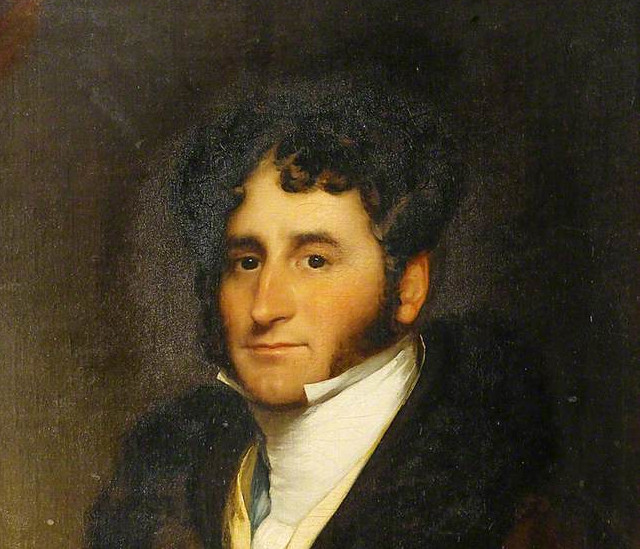
From 1855, the Mint would also expand its operations internationally in cohorts with British imperial expansion. The Mint would even strike coins for the USSR in 1924!
Contemporary
In 1975, the Mint would sadly press its final coin from the Tower Hill Production facility.
However, the establishment would then move to its final largest location in Llantrisant, Wales. Queen Elizabeth had struck the factories first coins twelve years earlier. Six years later in 1986, the Mint would commemorate eleven centuries of minting and long, prestigious history.
